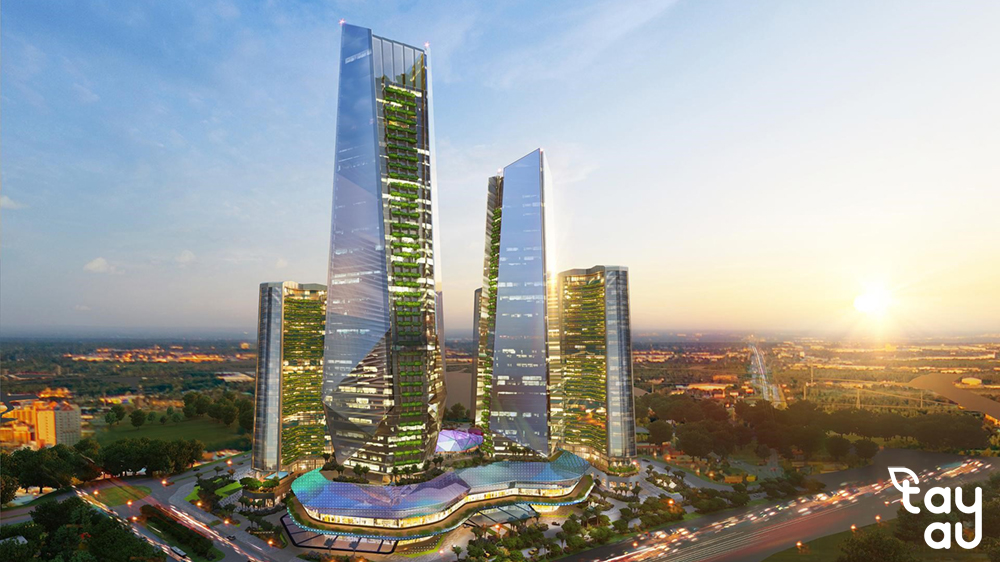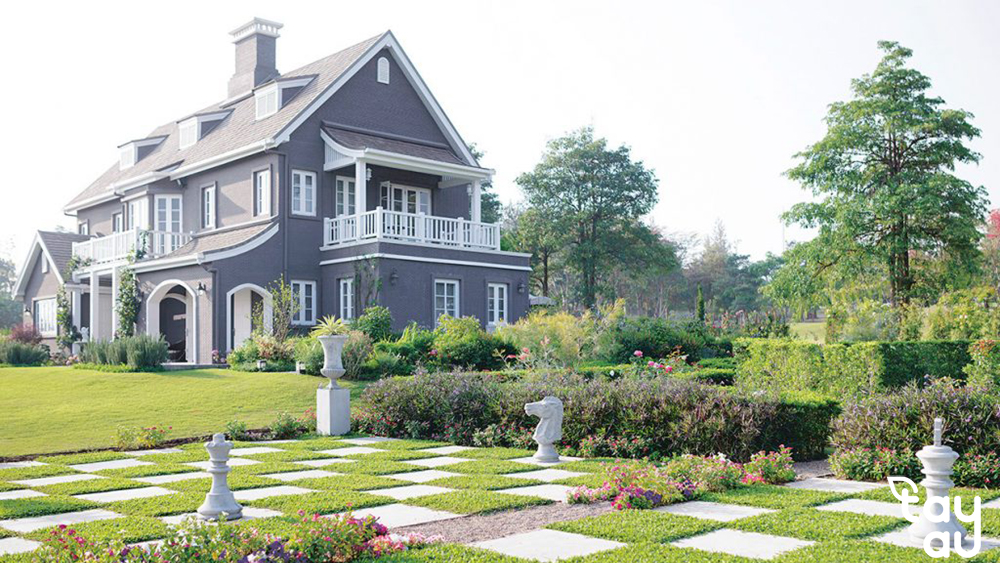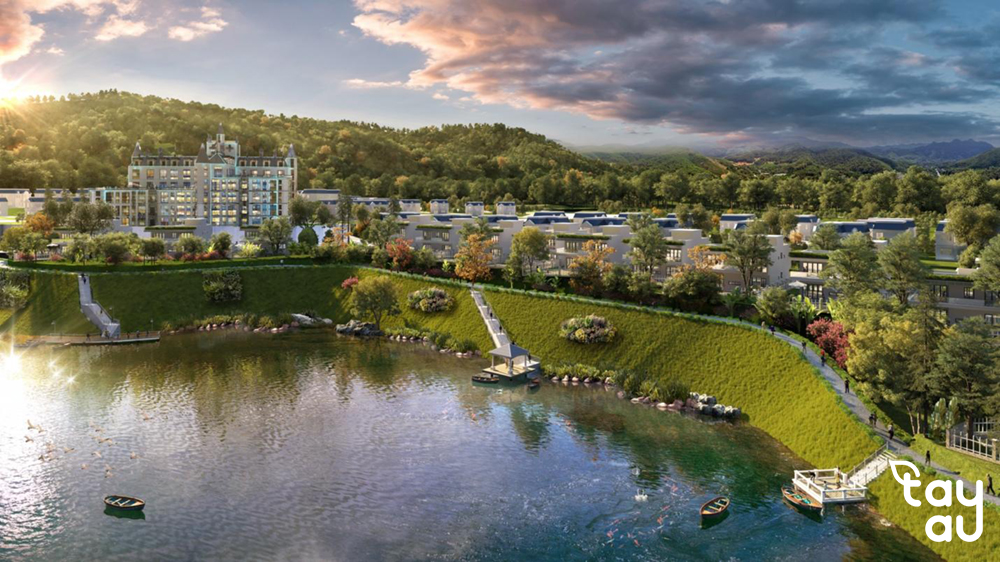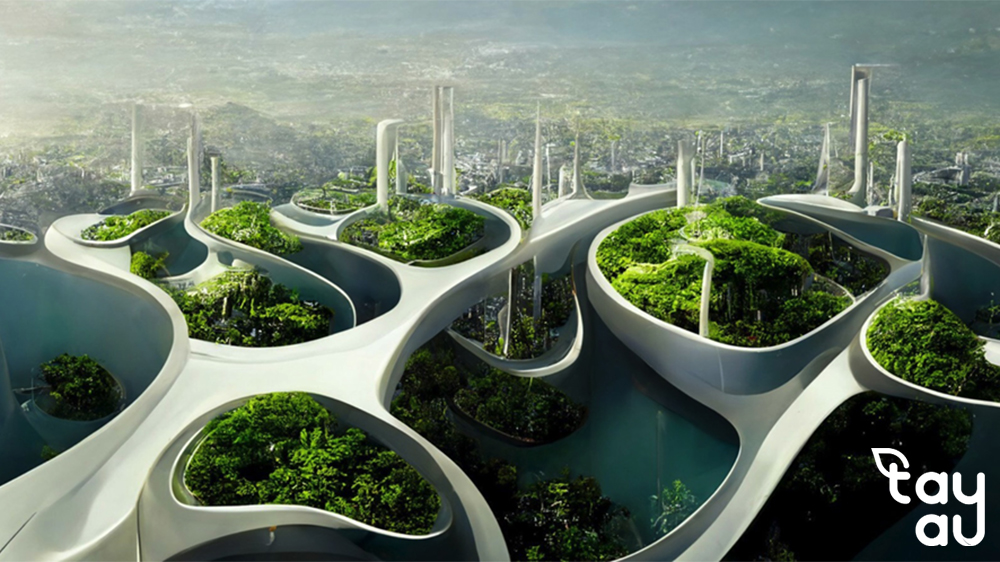Residential area landscapes and urban landscapes have many significant differences, reflecting the functions, needs, and characteristics of each area. Understanding these differences is crucial in urban planning and management, creating sustainable and livable environments. In this article, we will explore the differences between residential area landscapes and urban landscapes together.
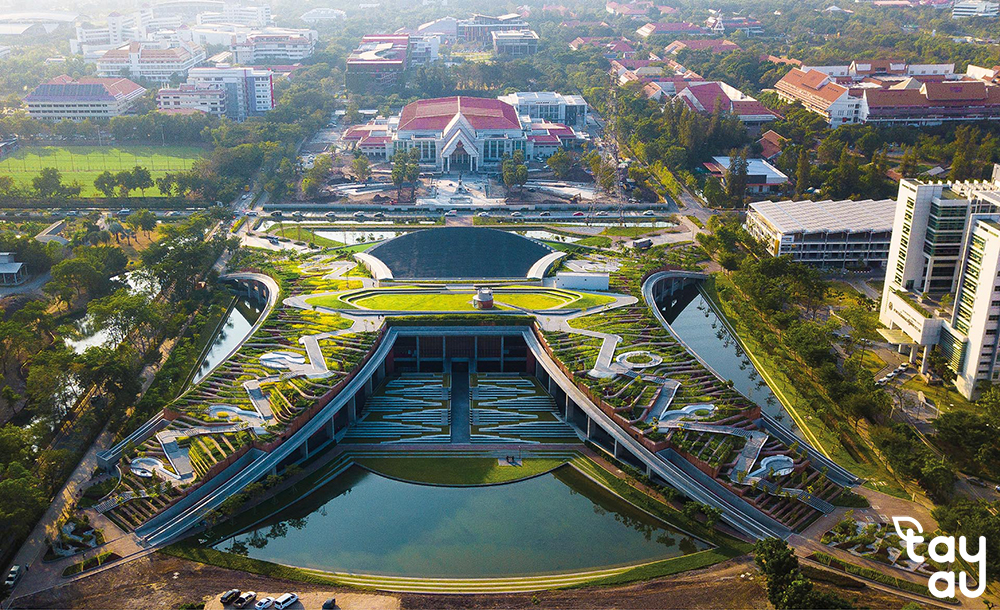
Distinguishing Factors of Residential Area Landscapes and Urban Landscapes
Land Use Purpose
The first factor to consider is land use purpose. Residential areas are primarily designed for living, while urban areas are centers of industrial, commercial, and residential activities. The difference in purpose leads to different types of land use and building densities.
Residential areas typically have lower population densities than urban areas, leading to different patterns of development and space allocation. Meanwhile, urban areas have higher population densities and need to use land more efficiently to accommodate the needs of a dense population. Therefore, urban areas often have higher building densities and a more diverse land use, including industrial and commercial zones.
Infrastructure
Infrastructure is also a key distinguishing factor between residential area landscapes and urban landscapes. Residential areas typically have basic services such as roads, drainage systems, and electricity, while urban areas have more complex infrastructure to serve larger populations and various activities.
For example, large urban areas often have developed public transportation systems, including railways and bus routes. This helps minimize traffic congestion and facilitates convenient movement for residents. Additionally, urban areas have public spaces such as parks, stadiums, and shopping centers to meet the entertainment and shopping needs of residents.
Population Density
Population density is another significant factor that influences the landscape of an area. Residential areas typically have lower population densities than urban areas, leading to different patterns of development and space allocation.
With lower population density, residential areas often have more green spaces, including gardens and parks. This helps create a healthy and airy living environment for residents. In contrast, urban areas with higher population densities usually have fewer green spaces and need to use land more efficiently to meet the needs of the dense population.
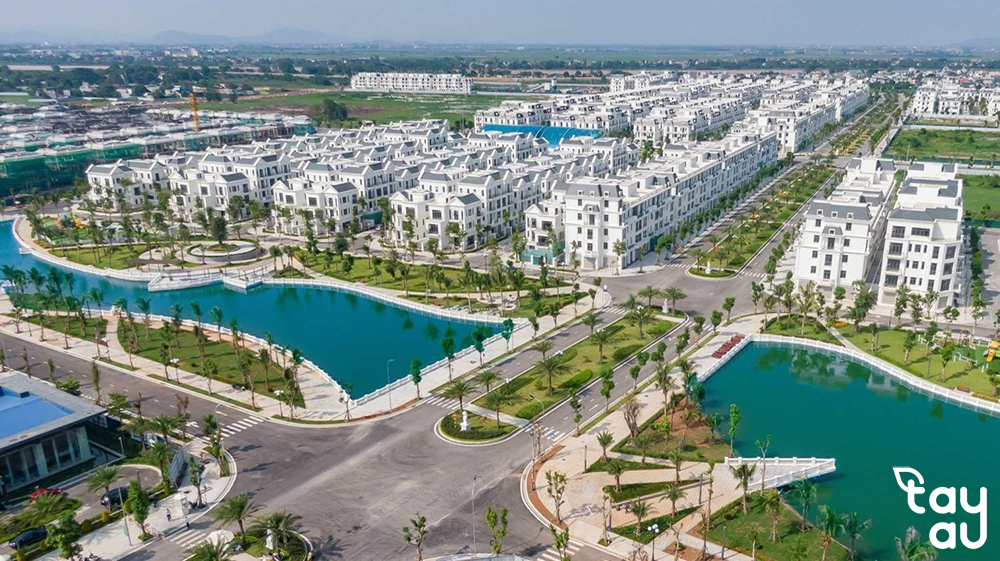
Geographical Features Impacting Differences
Geographical features also play a crucial role in shaping the landscape of residential areas and urban areas. Residential areas are often built on stable terrains, while urban areas are built on more diverse terrains.
For example, urban areas often have rivers, lakes, or hills, creating challenges in urban development and management. Urban areas may also face natural disaster risks such as floods and landslides. Therefore, managing and protecting the urban environment is essential to ensure the safety and sustainability of the landscape.
Role of Infrastructure in Shaping the Landscape
Infrastructure plays a crucial role in shaping the landscape of an area. It not only provides basic services to residents but also influences land development and use.
Sustainable Living Environment
Infrastructure can be designed to create a sustainable living environment for residents. For example, efficient drainage and waste management systems can help reduce congestion and environmental pollution. Parks and gardens can also be integrated into infrastructure to create green spaces and improve air quality.
Facilitating Economic Activities
Infrastructure also plays a crucial role in facilitating economic activities. Urban areas with developed infrastructure can attract businesses and enhance commercial activities. This can create numerous job opportunities and income for residents, contributing to the overall development of the area.
Differential Population Density between Residential Areas and Urban Areas
Population density is an important factor influencing the landscape of an area. It not only affects land use but also impacts the activities and living environment of residents.
Uneven Development
High population density can lead to uneven development within urban areas. Areas with higher population densities often have more commercial and industrial activities, while areas with lower population densities tend to focus on residents’ daily lives.
This can result in income disparity and differences in living standards between areas within urban regions. Therefore, urban management and development need to be balanced to ensure fairness and sustainability in the landscape.

Impact on Living Environment
High population density also affects the living environment of residents. Urban areas with higher population densities often face issues such as traffic congestion, air pollution, and noise. This can impact the health and quality of life of residents.
Therefore, managing and reducing population density in urban areas is crucial to ensure a healthy and sustainable living environment for residents.
Comparison of Green Spaces between Residential Areas and Urban Areas
Green spaces are an important factor in shaping the landscape of an area. They not only create a healthy living environment but also have positive effects on human health and well-being.
Residential Areas
Residential areas typically have more green spaces compared to urban areas. This is due to lower population density and the integration of gardens and parks into the design of residential areas. Greenery in residential areas helps create a healthy and airy living environment for residents.
Urban Areas
Urban areas with higher population densities often have fewer green spaces. However, modern urban areas nowadays have integrated gardens, parks, and trees into their design to create a sustainable and healthy living environment for residents.
Differences in Architectural Styles
Architectural style also plays a significant role in shaping the landscape of an area. It not only affects the appearance of the area but also influences people’s perception and mood.
Residential Areas
Residential areas typically have more diverse architectural styles compared to urban areas. Houses are often built in traditional or modern styles, creating a diverse and visually appealing landscape. This diversity also creates differences between areas within residential areas.
Urban Areas
Urban areas often have more uniform architectural styles. Buildings and structures are constructed according to a common standard, creating a uniform appearance for the urban area. However, the use of different materials and colors can create diversity and focal points for the urban area.
Differences in Open and Private Spaces
The difference in open and private spaces is also an important factor affecting the landscape of residential areas and urban areas.
Residential Areas
Residential areas typically have more open spaces compared to urban areas. Public areas such as parks, playgrounds, and football fields are integrated into the design of residential areas to create open and airy spaces for residents.
Urban Areas
Urban areas usually have fewer open spaces due to higher population density. However, parks and gardens are still integrated into the design of urban areas to create green and open spaces for residents.
Impact of Commercial and Service Activities
Commercial and service activities also impact the landscape of an area. They can create focal points and contribute to the development of the area, but they can also have negative effects if not managed and controlled properly.
Residential Areas
Residential areas typically have fewer commercial and service activities compared to urban areas. This helps create a quiet and peaceful environment for residents. However, excessive development of these activities can impact the landscape and quality of life for residents.
Urban Areas
Urban areas usually have more commercial and service activities due to higher population density. Commercial and service areas contribute to the development of the urban area. However, managing and controlling these activities is crucial to ensure balance and sustainability in the landscape.

Sustainable Urban Landscape: Coping Measures for Differences
To ensure the sustainability of the urban landscape, coping measures for the differences between residential areas and urban areas need to be implemented.
Urban Planning
Urban planning is one of the crucial measures to bridge the gap between residential areas and urban areas. Urban planning needs to be carried out in a balanced and sustainable manner, ensuring harmony among various factors in the landscape.
Infrastructure Development
Infrastructure development is a critical factor in ensuring the sustainability of the urban landscape. Drainage systems, waste management, parks, and gardens need to be integrated into the design of the city to create a healthy and refreshing living environment for residents.
Management and Control of Commercial and Service Activities
Managing and controlling commercial and service activities is essential to maintain balance and sustainability in the urban landscape. Excessive development of these activities can have negative impacts on the landscape and quality of life for residents.
These are the distinguishing factors between residential and urban landscapes, along with their roles in shaping the landscape and coping measures for the differences to ensure the sustainability of the urban landscape. Understanding and applying these factors are crucial for building a beautiful, healthy, and sustainable city for the future.



